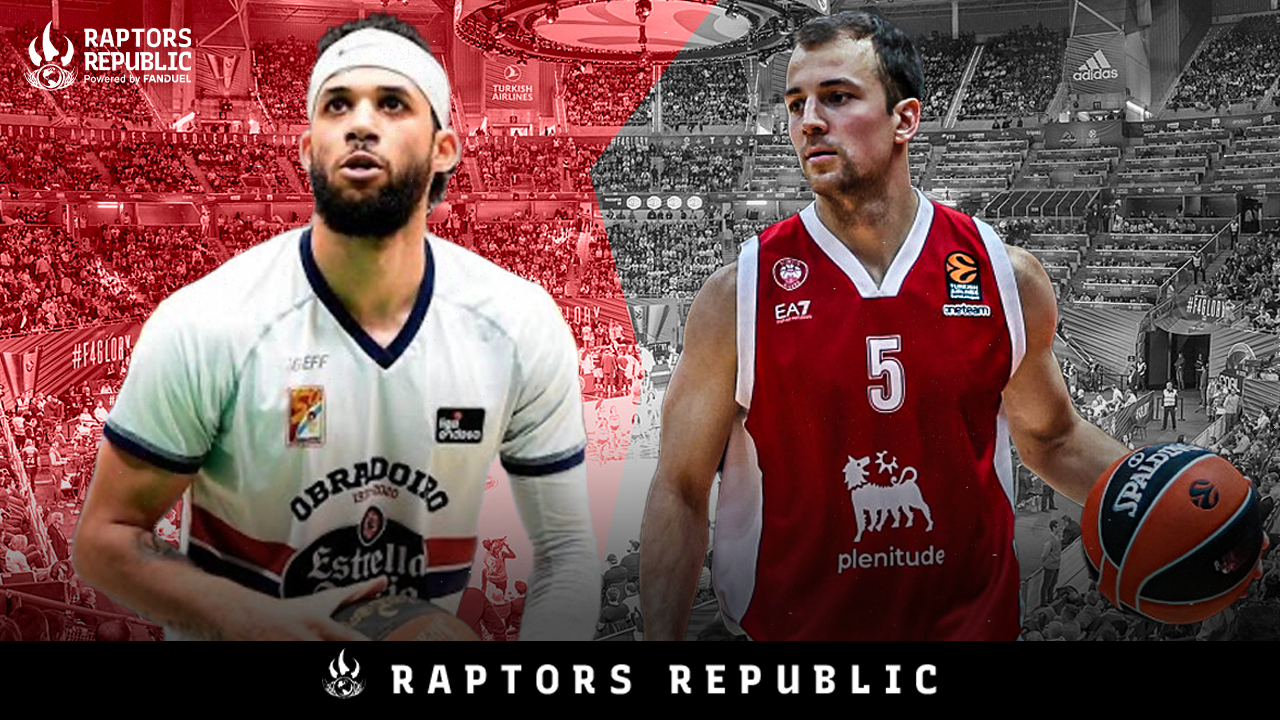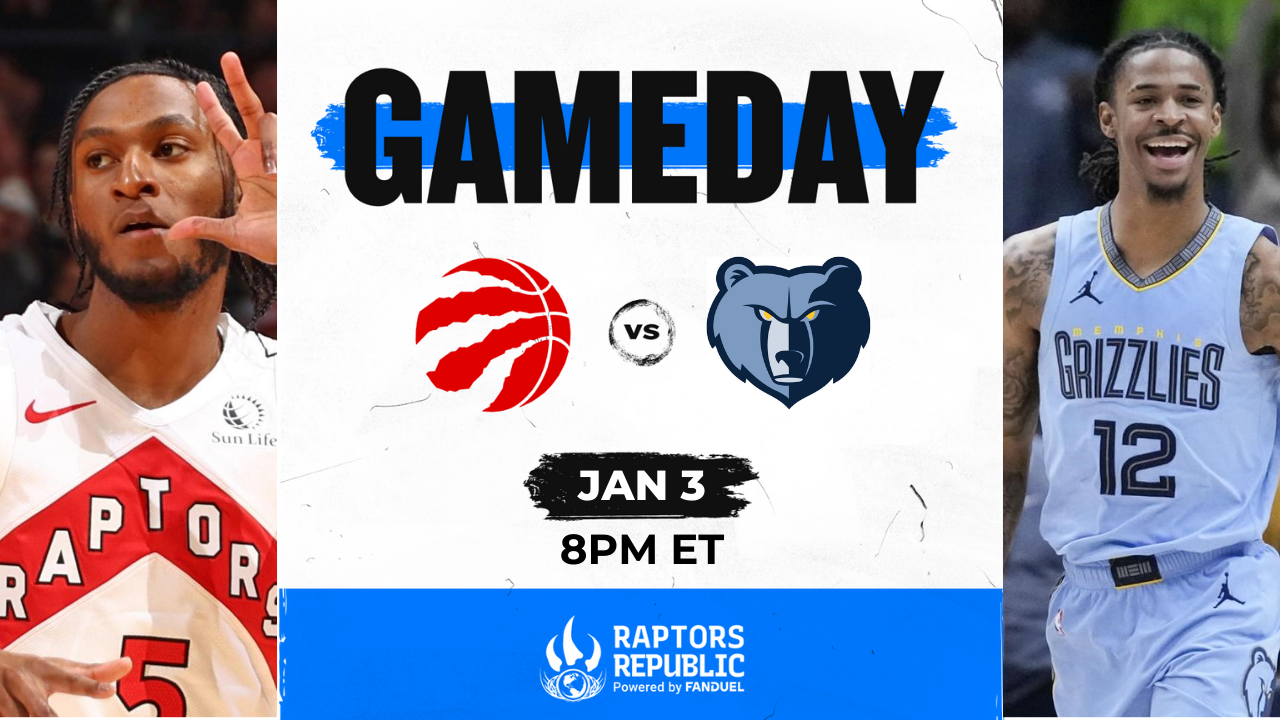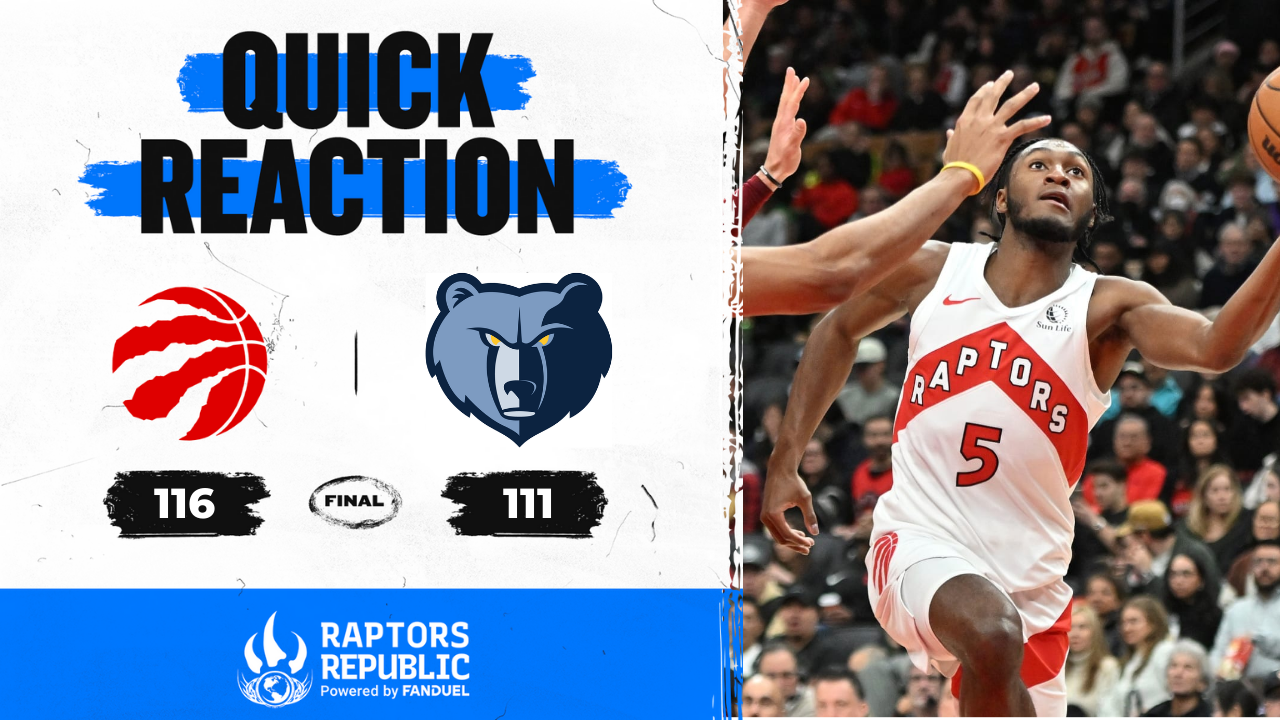A Brief Guide to Professional European Basketball
For any North American NBA or NCAA basketball fan, getting into European basketball can be an intimidating step forward. There’s just so many teams, leagues and competitions to track. However, as someone who recently jumped head-first into European basketball, I promise it’s 100% worth it, especially if you want to keep tabs on the overall Canadian basketball player pool moving forward. As the waves and waves of Canadians in the NCAA graduate from amateur basketball, the ones that don’t make it to the NBA will inevitably move overseas to professional European clubs. Choosing to focus solely on the North American basketball infrastructure will not be enough to truly understand the overall state of the Canada Basketball Senior Men’s program.
The major distinction between North American and European basketball is the existence of multiple “leagues” a team can compete in within a single season. In Europe, each team plays in its country’s domestic league and potentially competes in a continental competition if they are good enough. The combination of domestic league and continental competition (if it applies) establishes the talent level of the team, and by extension the players. Weighing both of these factors is important when evaluating Canadians playing abroad.
The concept of a domestic league shouldn’t be too confusing to follow. These leagues are set up for the clubs within a single country (think the Premier League in soccer). The Spanish Liga ACB is widely-accepted as the best domestic league, and competing in just this league is enough to establish a player as a legitimate European pro playing high level basketball. Thomas Scrubb is a good example of the caliber of player who currently plays for a Liga ACB-only club (Monbus Obradoiro). The rankings of the rest of the domestic leagues in Europe shuffle year in and year out, but in general the Turkish, Italian, French and German leagues are all consistently well-regarded.
The most competitive part of European basketball comes through the continental competitions. Again, if you’re a soccer fan, this concept will already be familiar to you through the UEFA Champions League and UEFA Europa League. The basketball version of these prestigious international leagues is similar, but with important distinctions. In European basketball, there is actually 4 different continental competitions: the EuroLeague, the EuroCup, the Basketball Champions League and the FIBA Europe Cup. This is the point where things get convoluted, I’ll admit.
The EuroLeague and the EuroCup are run by a private company called the ECA (Euroleague Commercial Assets) while the Basketball Champions League and the FIBA Europe Cup are organized by FIBA, the international basketball governing body. These two separate governing bodies in European basketball exist because of decades of disputes between FIBA and the bigger European basketball clubs dating back to 2001. To this day, the EuroLeague and FIBA remain in a power struggle to gain control of the broader European club basketball landscape. It’s part of the reason why EuroLeague players in the past have not been available for FIBA World Cup Qualifying windows, though steps have been made for the 2023-2024 season to avoid calendar overlap.
If all you’re interested in is the actual on-court product (like I am), the accepted hierarchy of these continental competitions is as follows:
- EuroLeague
- Canadians include: Kevin Pangos, Kassius Robertson, etc.
- EuroCup
- Canadians include: Kyle Alexander, Kyle Wiltjer, Isiaha Mike, etc.
- Basketball Champions League (BCL)
- Canadians include: Mfiondu Kabengele, Melvin Ejim, etc.
- FIBA Europe Cup
- Canadians include: Phil Scrubb, Trae Bell-Haynes, etc.
I hope this long-winded explanation illustrates that not all European pros are at the same talent level. There are distinct talent tiers in European basketball just like any basketball system in the world and it’s important to understand these different tiers when considering Canada’s player pool for international competitions. Just because someone like Trae Bell-Haynes struggled in a secondary ball handler role at the 2023 FIBA World Cup does not automatically mean a player like Kevin Pangos, who plays at a much higher competition level, would have the same consistency issues. Moving forward, Canadians playing professionally in Europe will continue to be important members of the SMNT, whether it’s through the “Winter Core” or in supplementary roles with Canada’s NBA stars. If you are committed to following Canada Basketball as a program, tracking professional European basketball is essential.
In today’s Canadian Roundup, as the title suggests, I’m covering the top league in Europe, the EuroLeague. Disclaimer: For this piece, I will only be focusing on Canadians in the EuroLeague who participated in the 2023 FIBA World Cup training camp last summer. Ignas Brazdeikis (cap-tied to Lithuania), Naz Mitrou-Long (recently obtained a Greek passport) and Dyshawn Pierre (never been involved with the SMNT) have been omitted as there is no possibility they will be involved with Canada at the Olympics.
Kevin Pangos: A Tumultuous Tenure in Milan
With 6 seasons in the EuroLeague under his belt, including 2 All-EuroLeague selections, Kevin Pangos is the most successful Canadian in EuroLeague history. In an era where most Canadian players fizzle out after 1 season, Pangos has carved out a successful multi-year career as a top tier professional basketball player in Europe.
However, Pangos’s EuroLeague success has recently taken a downturn. After finishing with All-EuroLeague First Team honours in 2020-2021, Pangos made the long-awaited jump to the NBA, signing with the Cleveland Cavaliers. After not cracking the rotation in a crowded Cavs backcourt, Kevin Pangos returned to Europe the next summer, signing a 2 year deal with Olimpia Milano in Italy. Unfortunately, the move to Milan proved to be a disastrous one for the Canadian PG.
In his 1st season with Milano, Pangos was plagued with injuries. A PCL tear in his knee and an abdominal strain meant he only played in 30 games in the 2022-2023 season. In fact, the injuries were a key reason why Pangos was unable to suit up for Canada this past summer at the World Cup. Given that team’s lack of high-level and consistent secondary ball handling, Pangos’s skillset would have been immensely helpful.
And yet somehow, the 2023-2024 season has been even worse for Pangos. After an up-and-down start to the EuroLeague and LBA Serie A seasons, he was dropped entirely from the rotation on November 3rd. Milano head coach Ettore Messina even went as far as publicly ripping Pangos in an interview with Italian media declaring:
“At the base of this poor start of the season, there’s a critical mistake — we don’t have the right driver for our car, Pangos is not the right man to make this team play in a certain way”
Ettore Messina, Il Foglio
Since then Pangos has not played a single game for Milano and has been away from the team. Towards the end of December 2023, Pangos’s move to Valencia Basket, a EuroLeague level club from Spain, was finally confirmed. His disastrous tenure in Milan is finally over and Pangos joins fellow SMNT teammate Kassius Robertson for the final stretch of the 2023-2024 EuroLeague season.
So what’s gone wrong for Pangos? Has he really begun to decline this much after turning 30? Looking at some of his offensive numbers, I think his inconsistent play this season is more nuanced. It’s important to note that the sample for the 2023-2024 season in the table below is just 5 games, making it difficult to draw concrete conclusions. That being said, aside from his one outlier season with Zenit, his offensive production in Milan has been in roughly line with his age 26 season in Barcelona. That’s an encouraging sign if you believe in a Pangos resurgence in 2024.
| GP | MPG | PPG | TS% | USG% | AST% | |
| 2018-2019, Barcelona (regular season) | 30 | 20.2 | 7.0 | 50.0 | 22.0 | 28.1 |
| 2020-2021, Zenit (All-EuroLeague 1st Team) | 39 | 29.0 | 13.5 | 58.8 | 23.0 (88th percentile) | 43.24 (98th percentile) |
| 2022-2023, Milano | 16 | 25.1 | 8.9 | 48.0 | 20.2 (74th percentile) | 26.47 (86th percentile) |
| 2023-2024, Milano | 5 | 24.8 | 7.2 | 47.4 | 17.4 (54th percentile) | 21.13 (80th percentile) |
When Pangos does start playing for Valencia, I think one metric in particular will be an important barometer of his success, and it’s not his 3P%. Over his career, Pangos is a 40.5% (504/1243) shooter from beyond the arc, a truly elite mark on large volume, especially when considering his difficult shot diet. He’s only shooting 33.3% from 3 across the LBA and EuroLeague this season, but given his shooting priors, I am confident these numbers will stabilize with more games played.
Instead, I think the number to keep an eye on is his rim attempts. In his career-best season with Zenit, Pangos was attempting 3.3 shots at the rim per game, ranking him in the 75th percentile in the Euroleague that year. Compare that to the 5 EuroLeague games this season where Pangos’s rim attempts have nearly halved to 1.8 per game (36th percentile). When we break down his rim attempts further into the per minute granularity, he’s dropped from 0.11 attempts/min with Zenit to 0.07 attempts/min this season. While he’s never been a particularly elite finisher at the rim, the fact the attempts have gone down could be a concerning sign that he’s lost some burst with age and injuries. Or, it could just be due to a drop in USG% in Italy. It’s hard to tell, but definitely something to track in the new year.
Kassius Robertson: A Rocky Rookie Season
At 29 years of age, Kassius Robertson made the jump to the EuroLeague this season after signing a 2-year deal with Valencia. As the Liga ACB’s top scorer last season, I was extremely intrigued with tracking how Robertson’s scoring pop would translate to a higher level of basketball. Unfortunately, his EuroLeague offensive production has been truly dreadful across the board so far. His EuroLeague TS% of 38.8% ranks in the 12th percentile and he’s generating just 0.69 points per FGA (for reference even in a down year, Kevin Pangos is at 0.91). Inexplicably, Robertson has made just 18 FG’s in 14 EuroLeague games and he also doesn’t get to the FT line much with just 20 FTA overall. It’s truly been all-time inefficient stuff to start the season.
| GP | MPG | PPG | 2P% | 3P% | 3PA | TS% | USG% | |
| EuroLeague (2023-2024) | 14 | 19.3 | 4.4 | 23.8 | 26.0 | 3.6 | 38.8 | 15.6 |
| Liga ACB (2023-2024) | 13 | 21.3 | 9.6 | 44.7 | 46.3 | 5.2 | 65.8 | 17.4 |
| Liga ACB (2022-2023) | 25 | 28.2 | 17.4 | 48.6 | 40.6 | 6.4 | 60.8 | 25.9 |
Despite the poor shooting numbers, opposing EuroLeague teams continue to respect Robertson’s 3PT shooting ability. As a sidenote, Caitlin Cooper had a phenomenal piece about this exact concept, where NBA teams continued to closely defend players with a “shooter’s reputation”, even when their current season percentages dropped.
Robertson’s continued shooting gravity has allowed Valencia head coach, Álex Mumbrú, to cook up some nasty X’s and O’s with Robertson off-ball. Mumbrú especially loves to use Robertson’s gravity in conjunction with Valencia’s PnR concepts to exploit the defender responsible for tagging the roller (Note: if you’re unfamiliar with the “tag” concept, I explained it in more detail in my defensive schemes preview for the 2023 FIBA World Cup, which you can find here). Valencia will station Robertson in the weakside corner and have him come off a pindown simultaneously while the screener in the PnR rolls to the basket. In the clips below, you can see how that pindown action for Robertson either occupies the weakside help (the tagger) completely, opening up the roller for a wide open look or the weakside defenders are too occupied by the roller and Robertson gets open for a rhythm movement 3.
By the way, this exact concept was used by German national team HC Gordie Herbert, who was born in Penticton, BC! Herbert used the same weakside pindown as well as an “Iverson Horns” variation to exploit Canada’s tagger in the World Cup warm-up games.
Here’s an interesting BLOB (BaseLine Out of Bounds) play that Valencia loves to run for Robertson. Once the ball is inbounded, Valencia gets into “Floppy” action, a hugely popular NBA set of the past. From a schematic perspective, I wholeheartedly believe that even when Robertson isn’t hitting his shots, he’s still a valuable offensive player. His movement shooting and overall gravity can help grease the wheels of halfcourt offenses and create spacing for ball-dominant stars.
While he’s had a rough start in the EuroLeague, in the Liga ACB, I think Roberston has actually been quite impressive. By moving from Monbus Obradoiro to a stronger club in Valencia, Robertson has seen his USG% drop leading to an understandable decrease in his raw scoring. However, Robertson has been lighting it up from beyond the arc on incredible volume, which has led to an insane TS% of 65.8%. Recording such a high TS% while taking 78.8% of all FGAs from 3 is truly a mind boggling achievement. Furthermore, his points per FGA in the ACB this season is at 1.26, almost double his output in the EuroLeague and an increase on the 1.10 mark he achieved last season. It’s clear at this point that Robertson is a uniquely talented shooter who thrives at the Liga ACB level. The jury is still out on his EuroLeague offensive production.
Kassius Robertson has always struck me as an engaged team defender who understands team defense thoroughly. Whether it’s with Canada or his clubs in Europe, Robertson puts in effort and executes his rotations on time consistently. Unfortunately, his physical limitations hold him back from ever being a clear positive on the defensive end, but I think he definitely holds his own as a team defender. For example, the two clips below are both great rotations from Robertson in different situations. One as the low man helping the helper and the other he’s offering nail help to deter a drive on the perimeter. While the result of the first sequence was a made bucket, it’s good defensive process.
In this defensive possession from the FIBA World Cup Qualifiers in 2022, Robertson was everywhere from stopping the ball initially in transition to plugging multiple gaps on the perimeter while Canada was in rotation. This was truly masterful, veteran stuff defensively. Alongside Canada’s NBA talent on defense, I think Robertson will be just fine if he does end up cracking the Olympic roster.



